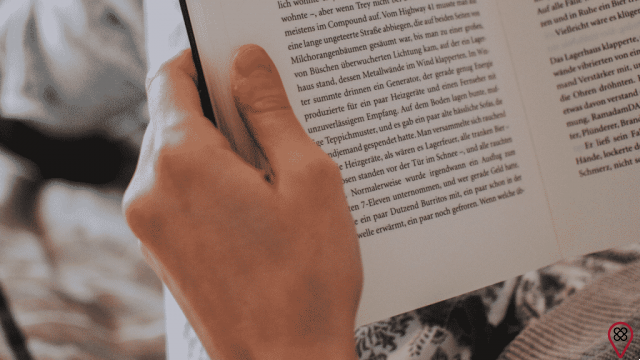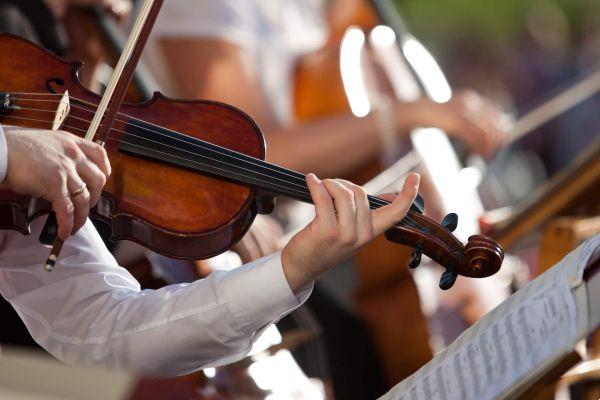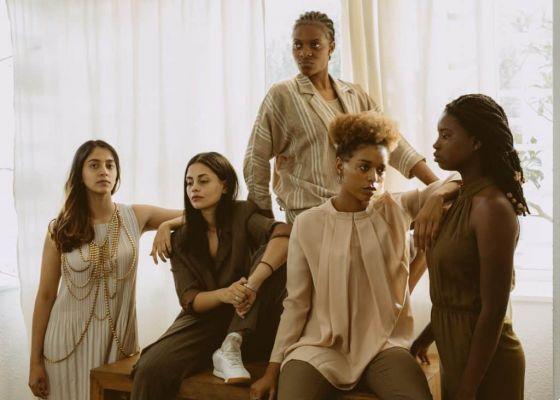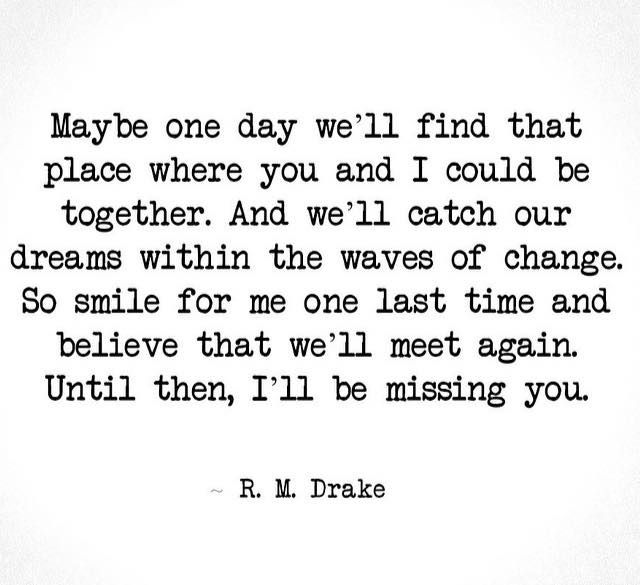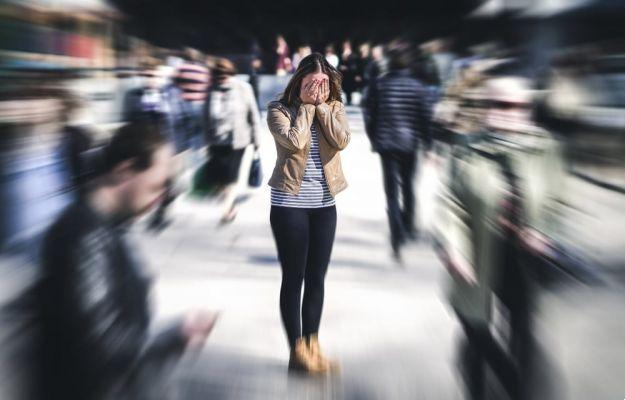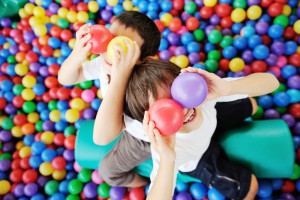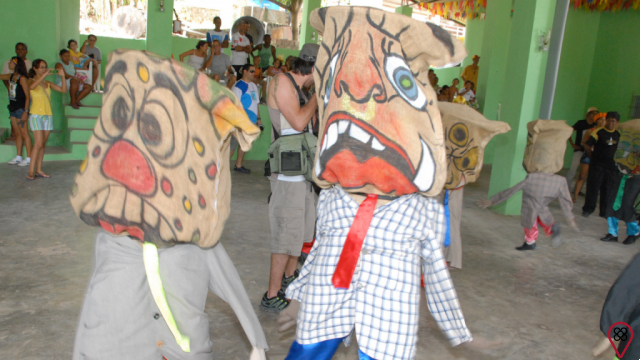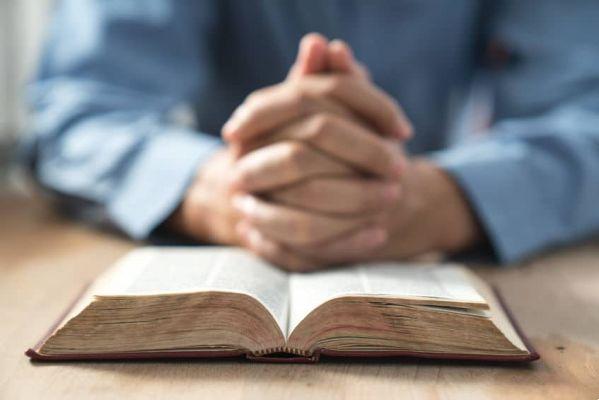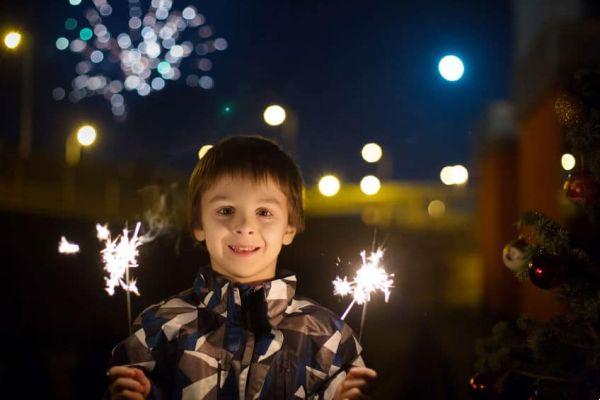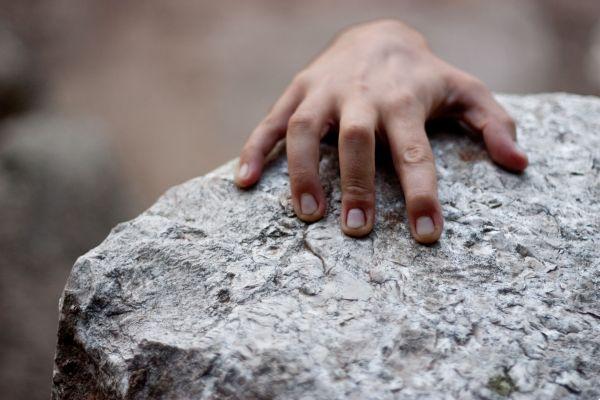The traditional or the constructivist?
Through the comparative table taken from the book “Música na Educação Infantil”, by Teca Alencar de Brito (Ed. Peirópolis, 2003), which was sent to us, I will put my opinion.
Na first comparison, musical activities that emphasize reproduction or musical activities that integrate reproduction, creation and reflection, I believe much more in interactive reproduction, where we can create together and after this creation process we can present something and reflect on this creation. Make children participate in all creation and be able to add this work to their perception of life.
Na second comparison, doing and listening or reflecting in order to do, in my opinion, the reflection certainly comes first and then the doing, but I myself had an experience with this doing and listening, in one of the activities, instead of listening and doing, just did. I realized then that it had not turned out as expected. I thought it best to reflect on the proposal before making it. In the next execution of the proposal, I realized that I paid much more attention to the sounds and the result, a result that made me happy and that made me understand how necessary it is to reflect.
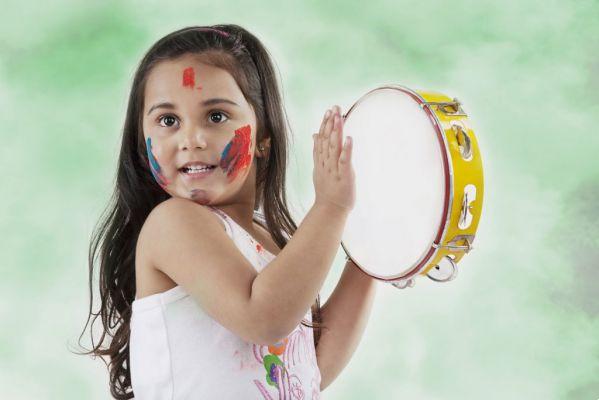
Na next comparison, command songs as a way to create or reinforce behaviors or invention of songs as a means of expression. Songs like “meu lanchinho, meu lanchinho” give the child a sense of routine, of knowing what will happen in the next moment and this action is healthy, but why not create with these children a new sound, a new song that takes them To this? A creation where they can reflect on the lyrics, rhythm and even on body interpretation. Surely all this reflection and experimentation for a collective result will be much more used by them.
Na instrument comparison bandinha as the only contact with musical instruments or contact with sound toys, handcrafted, industrialized, pedagogical and from other cultures. I'm constructivist! Use the band's instruments as a way of knowing instruments? Impossible! Especially in the current days of education, where schools do not offer the necessary structure and materials for this. Probably, any traditionalist teacher who notices that in his studio there is one or two pairs of triangles, or a set of cymbals, two or three rattles, already finds this quantity enough for his students to know the musical instruments. I believe much more in the design of these instruments. In the design of rhythms coming from different materials such as recycled and scrap, materials such as plastics, metals, lids, grains and many others. In addition to the design of these instruments with shapes that can be differentiated in terms of construction and even in terms of sound, what matters is doing, experiencing and especially enjoying their creation. As a personal experience, I see my students look at the instruments in our studio every day, but when I propose to create a simple rattle, the eyes sparkle and the smile appears, what is the reason for this sparkle? I imagine being the joy of having autonomy in your creation, autonomy in shapes, colors, lines and especially in the execution of your own instrument. An instrument that he can play and enjoy the way he wants.
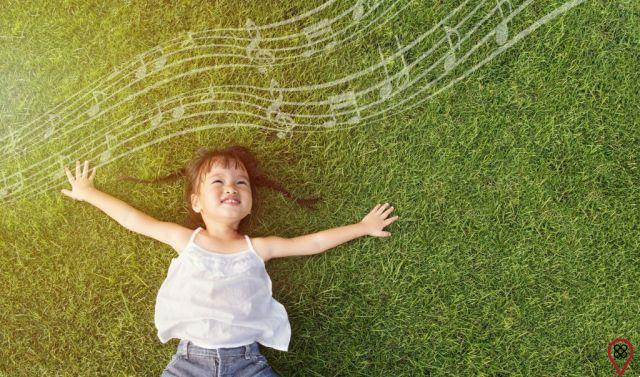
Continuing with the comparison of the table, we still have some important questions in my view, such as the musical repertoire of each child. Where does this repertoire come from, how is it created and altered. Undoubtedly, a large part of these repertoires comes from the media, it is impossible in a world like today to say that there will be no interference from the media. In a world in which all content is available much more easily for all children, I want to believe that the media takes on a good part of this repertoire, but we cannot forget about the cultural memory that parents and family carry and pass on to their children. . Another very important factor that helps in the musical repertoire is the habitat in which they live. A child who lives in a community, with houses very close to each other and with great cultural diversity, ends up having their repertoire influenced by this place and culture. A great contribution to this repertoire can be the work in collective and interdisciplinary projects, making children experience these repertoires in other areas of education, such as history, science and geography. From there we will be able to include in this repertoire songs and songs from all parts of our great country, regardless of local culture and media.
Finally, I believe that I am a constructivist because of the way I work with my students and my vision of reflecting on what to do. We must never give up and not believe in children's ability and always believe in reflection and experimentation in everything we do.
References:
BRITO, Teca Alencar. Music in Early Childhood Education. Sao Paulo: Peirópolis, 2003.
MATEIRO, T. Creative music in schools. In MATEIRO, T. ; ILARI, B. (org.) Pedagogies in Music Education. Curitiba: Ibpex. 2011. – Musical Education Series – (p. 251).



